Your cart is currently empty!
Culture-to-culture Dress Diplomacy
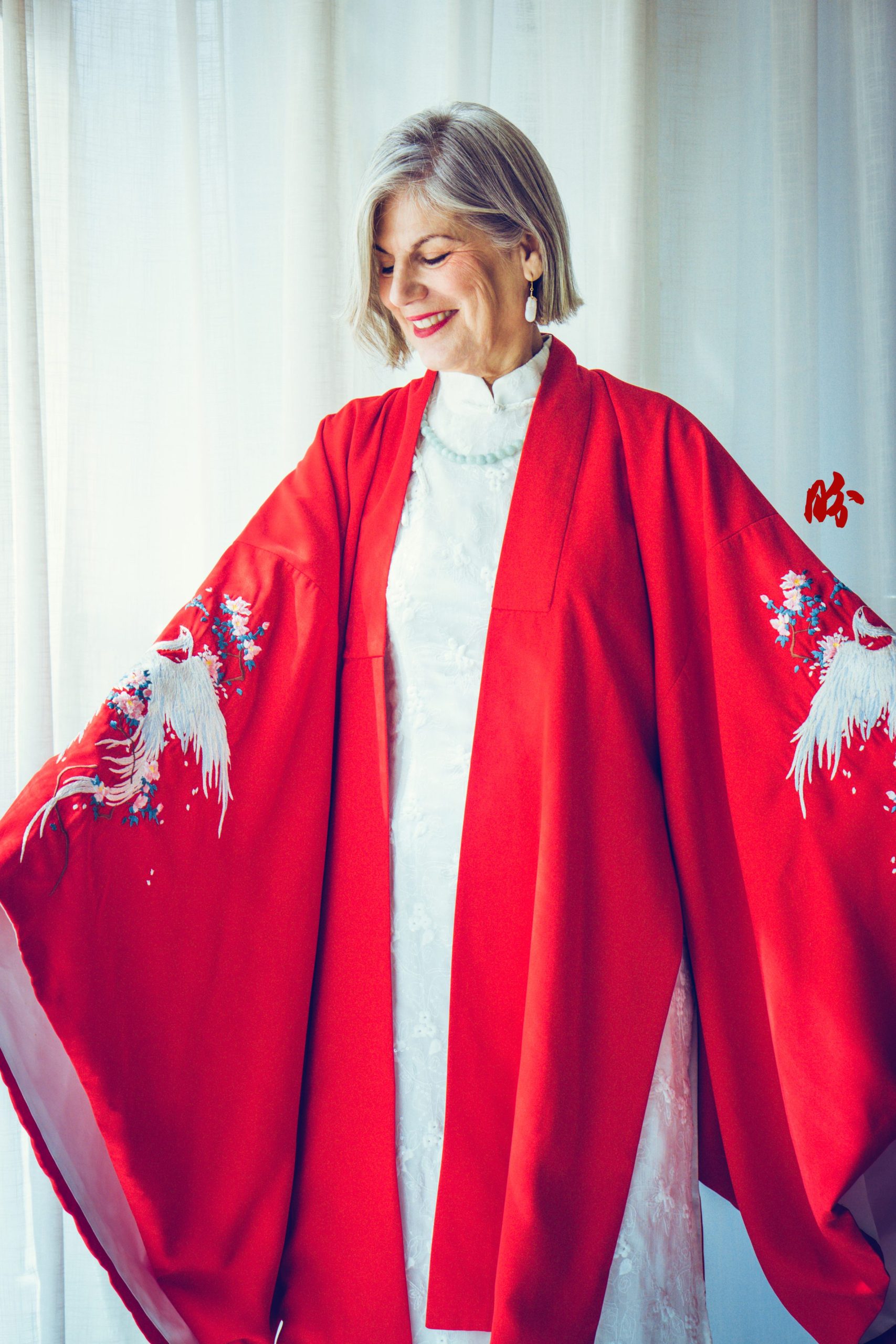
So Darlene came by for a quick chat, cos she’s looking to get herself Hanfu for an upcoming event. Since we had the luxury of a bit of time (always pays to come by early) before my personal project shoot starts for the weekend, we had a few change of dresses and photos (the place’s set-up for shoots anyway).
I’m pretty pleased with how good she looks in the dresses, and how versatile Hanfu looks on people from different ethnic and cultural backgrounds. When we were trying out the dresses, lots of information about each other’s backgrounds, heritage and love for culture were shared. Darlene shared about her Russian-Italian ancestry, her collections back home, where she used to work and the causes she worked for etc. Dresses and dressing up has transcended its physical and superficial function at that instance, and became more of a cultural and social lubricant.
I’m not all about reenactment, cos I think it’s nice to have fusions in ways which people could accept more easily into their daily lives. So I planned on showing her how she could infuse these elements in her daily wear.
Before she came by, I told her to bring over her white dresses, best to be more body fitting. As usual, over preparing is always good, she brought along three white dresses and some shoes and accessories.
We settled on very simple Jade earrings and pendent to go with the Song dynasty Hanfu which she eventually decided to own–of course, it’s something you can easily wear out for functions or even daily activities! The simple Jade accessories worked well for this set because Song dynasty is known for its clean lines and minimalist aesthetics, so anything too complicated or too glittery would look out of place in the midst of such simple elegance.
The chair she’s sitting on is a Song dynasty style chair, typically would be sat on by important man in those days. The fan she’s holding is a Kesi fan, which is a type of dying weaving craft because you don’t see the lines of the pattern running across the canvas, and it’s not embroidered in either. Emperors and royalties used to own fabrics, pouches, clothes made of this, and there’s a saying that “one inch of kesi is worth one inch of gold”.
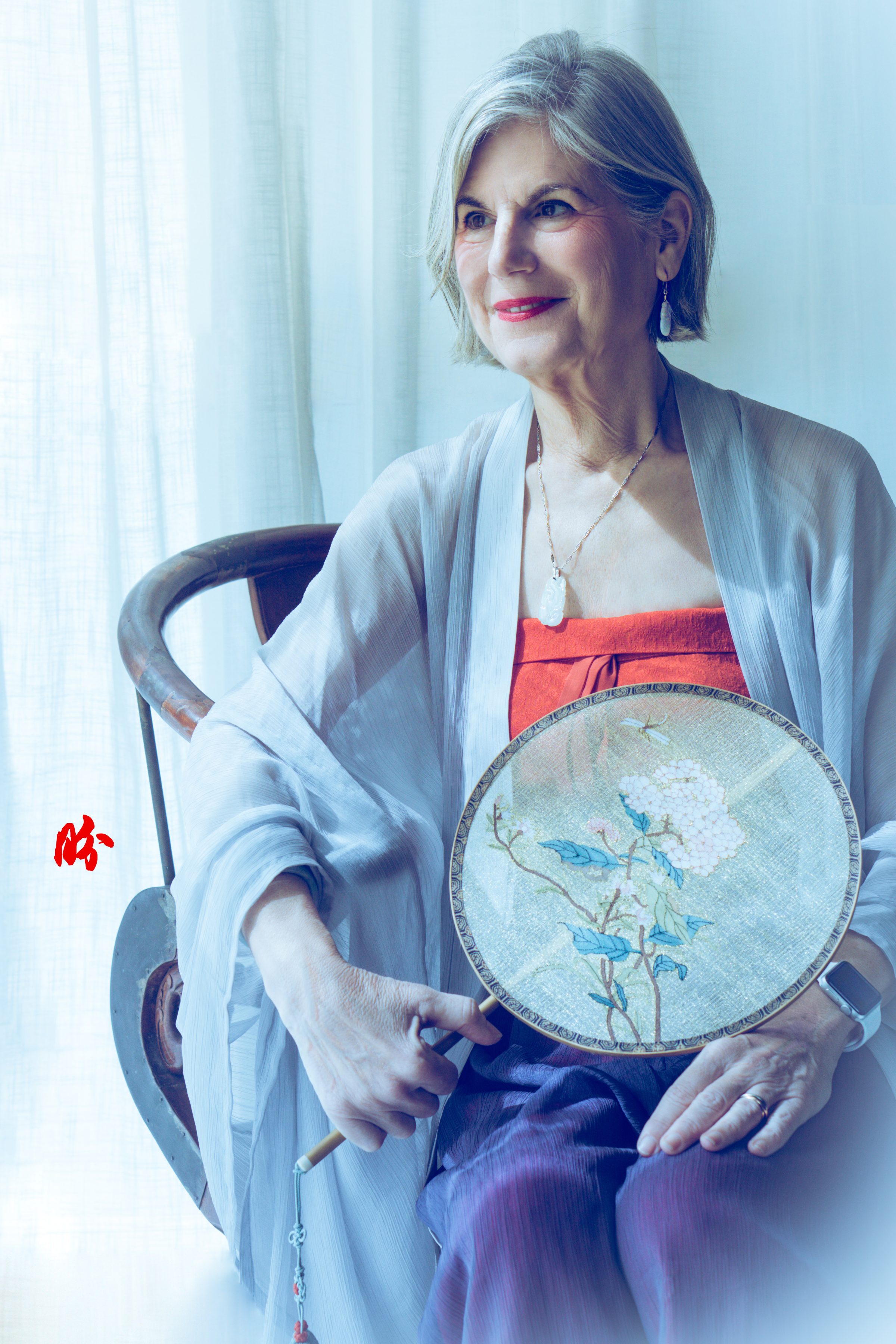
Then, before we change out to let her try the period that followed Song dynasty–Ming dynasty overcoat, she requested to have some photos with my antlers (hah! She thinks it’d make perfect Christmas greetings to friends)!
So here we go~ A Milu (Pere David’s Deer) [left] and a Deer with nine colours [right]!
I guess the theme of this set of shoots is Mythical creatures, cos we had the Milu, the Deer with nine colours, and we ended the day with the Ming dynasty overcoat of the Double-Pupil Bird. She loved it so much that I had to source the ‘black market’ (nah, just overpriced collectors’ market) for another piece of this for her, since it’s limited edition. And also, she’s quite en point about wearing it for Chinese New Year!
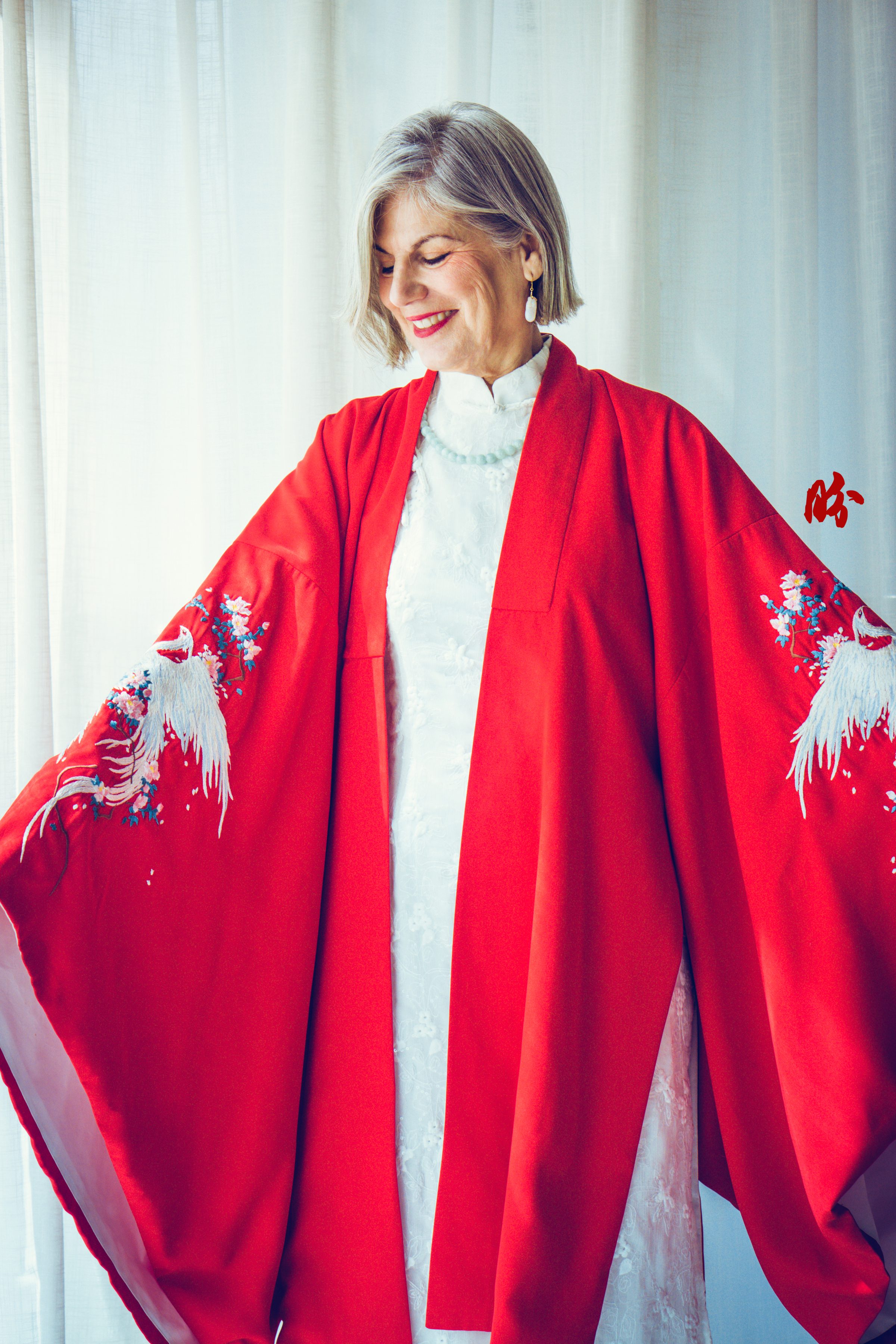
Chongming (double-pupil) Bird is shaped like a chicken and sings like a phoenix. It has two eyes but four pupils with two in each orbit. It often takes off its feathers for no reason. It is a strong bird that can fight against fierce animals, and dispel evils. The bird only eats cream of fine wine.
Legends suggest that a double-pupil bird was given to the Emperor Yao by a neighboring tribe. The emperor found it hard to believe that such a chicken-like bird with little feather could dispel evils and fierce animals. The bird seemed to understand the emperor’s doubt. It suddenly sang like phoenix, spread its barren wings and flew around.
A flock of owls and other birds were seen flying northwards quickly. It was reported that no fierce birds were left within hundred miles.
The emperor was now convinced that it was a magic bird and set it free in the woods. The double-pupil bird defeated all animals and evil spirits around. Every household nearby welcomed the bird by placing wines in the courtyard.
However, the double-pupil bird gradually disappeared over the years. The helpless residents then carved a wooden statue of the double-pupil bird and put it up in the neighborhood.
Surprisingly, the statue also worked well in dispelling the evil spirits.
Thus, it became a tradition of setting statues of a chicken’s shape or paintings of chicken on the window during the Chinese New Year. (Source: Shanghai Daily)
I personally love this coat a lot and it’s the piece that initiated me into the world of Hanfu. I fell in love with the dress because of this coat, and I guess, Darlene might have too!
But for me, there’s an added romanticism in this coat which Darlene was not aware of. The motif of the double-pupil bird was an original creation of a super talented artist Shanze.
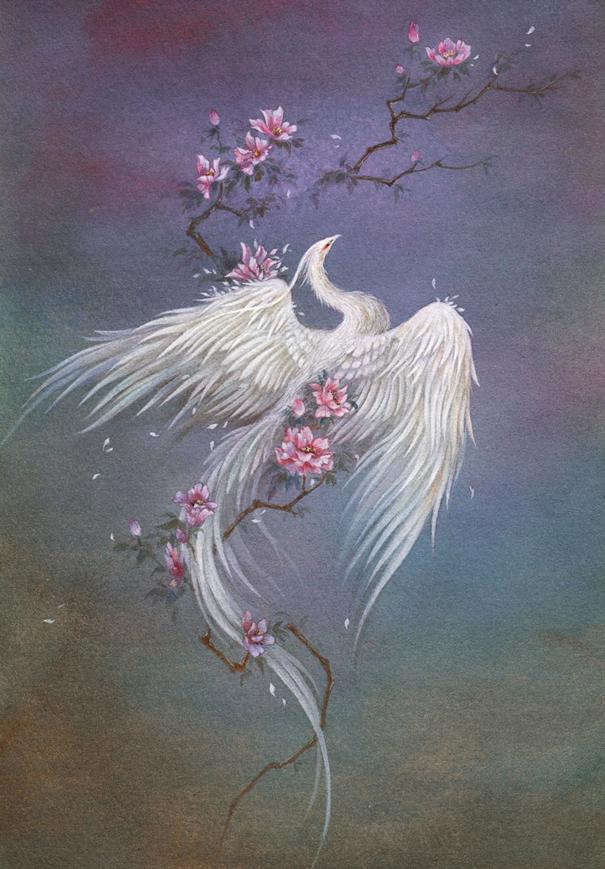
Of course, she tried on another new acquisition of mine, also limited edition overcoat. haha Silk fabric with golden leave embroideries. There’s always a Hanfu for every occasion, don’t you think?
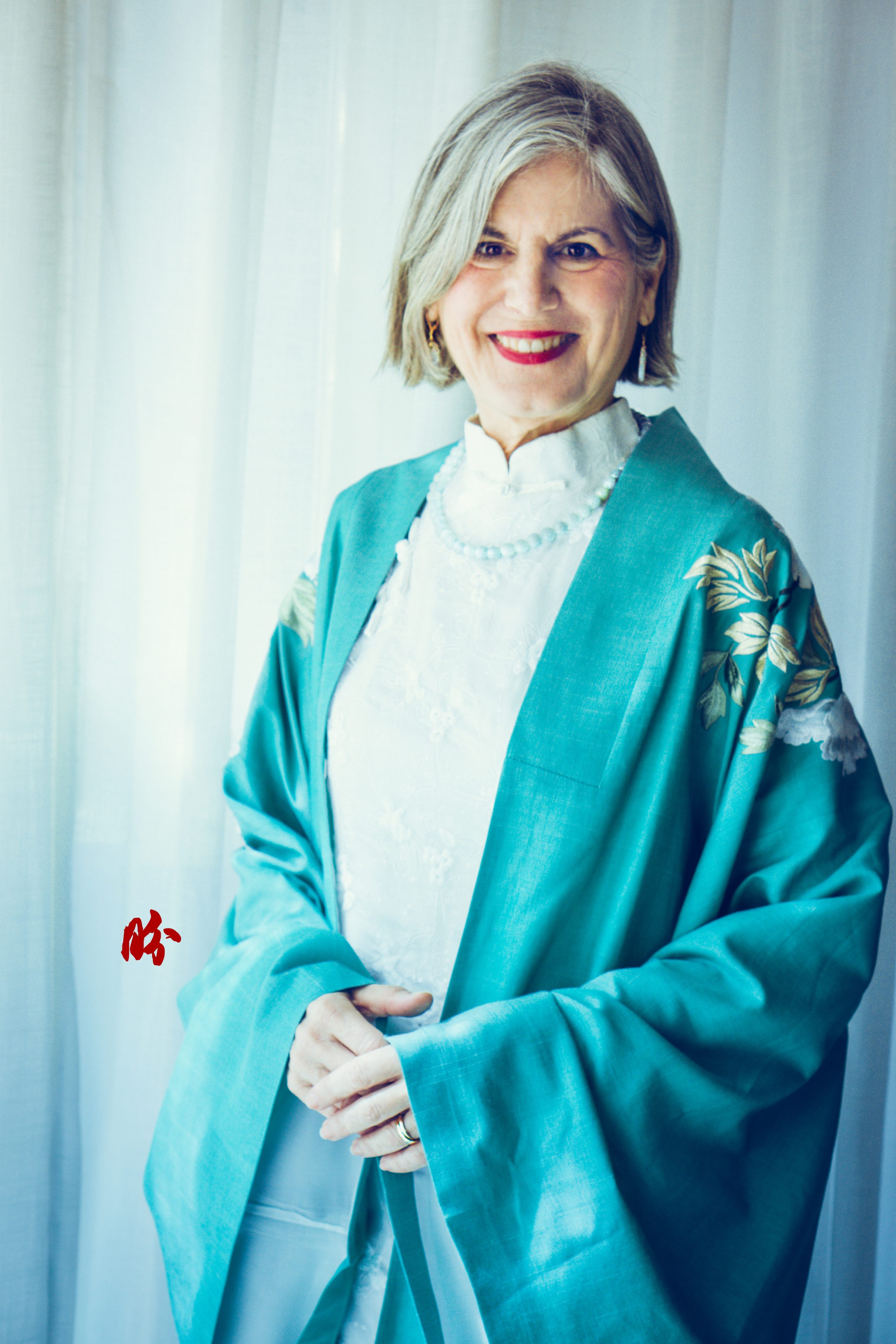

Leave a Reply